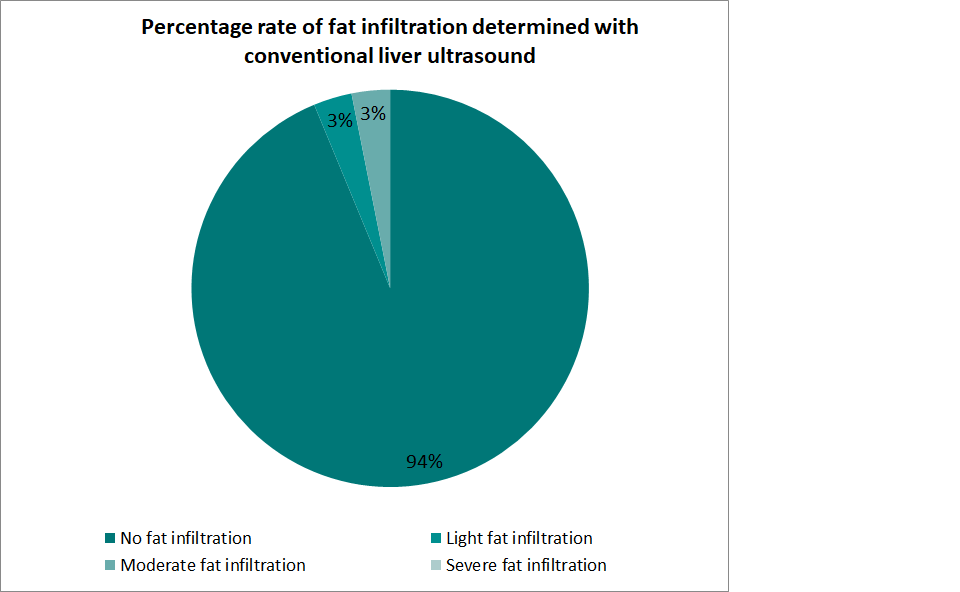Use of transient liver elastography in the evaluation of liver viability for organ donation and transplantation
Ernesto Duarte-Tagles1,2, Martha Susana Pérez-Cornejo1,2, Luis Carlos Rodríguez-Sancho2, Jorge Rubén Béjar-Cornejo1, Mario Alberto Flores-León1,2, Alejandro Lugo-Baruqui2, Salvador Castillo-Barón2, Marisela Correa-Valdez2, José Armando Portugal-Lazcano1,2.
1Solid Organ Transplant , Hospital General del Estado "Dr. Ernesto Ramos Bours", Hermosillo, , Mexico; 2Liver Transplant program, Hospital CIMA Hermosillo, Hermosillo, , Mexico
Introduction: The lack of enough livers for transplant worldwide is a reality and in México because of donation rates and high prevalence of morbid obesity this condition is worse. Strategies to determine whether a liver is suitable for donation depends on many occasions on the predonation estimation of fatty content. For March 2022, exist 244 patients in waiting list for liver transplant. In 2021 only 135 transplants were performed out of 293 brain death donors (none non heart beating donors). The reasons why 53.9% of the livers are not use are wide but one of them is because the higher prevalence of overweight and obesity in Mexican population, meaning a high number of steatosis of the liver. Since there is also a poor air connectivity among Mexican cities, the risk for primary organ failure is increased by longer ischemia time. Because the common study to evaluate liver steatosis is ultrasound despite the poor sensitivity, we proposed to use Transient elastography as a bedside tool to evaluate fat content or fibrosis of the liver condition before harvesting, minimizing the mobilization of complex and expensive logistics necessary to harvest a liver just to be discarded later and assuring better transplant results.
Method: A prospective double-blind study was conducted in Hospital General del Estado from October 2015 to November 2021 that consist in that in every donor, no matter body mass index, a liver ultrasound was made by a radiologist and later a liver elastography was made on the same donor by another radiologist. Then the results were confronted during the organ harvesting by surgeon expertise who decided to take liver or not.
Results: We had 32 brain death organ donors to whom an ultrasound and liver elastography was made. Median age was 41 years and weight were 74.66 kgs, with a range from 55 to 120 kgs. By using conventional ultrasound, out of the 32 donors, 93.8% were diagnosed without liver steatosis and 3.1% with mild and 3.1% with severe, while elastography showed 50% no steatosis, 15.6 light, 6.3 mild and 28.1 severe. Correlation of Transient elastography with surgical appearance was 100 % (No biopsy was taken to correlate this results with pathology).


Conclusion: Our study showed that using ultrasound for evaluate liver steatosis for organ donation is not as good as it might be thought. For no liver steatosis concordance between ultrasound and elastography was 50% but in cases for severe infiltration, diagnosed rate was 1 Vs 9 for ultrasound vs elastography, and severe steatosis confirmed at the moment of surgery being evident the superiority of elastography for diagnosis of mild to severe steatosis and becoming a better resource in the evaluation of brain death organ donor.
